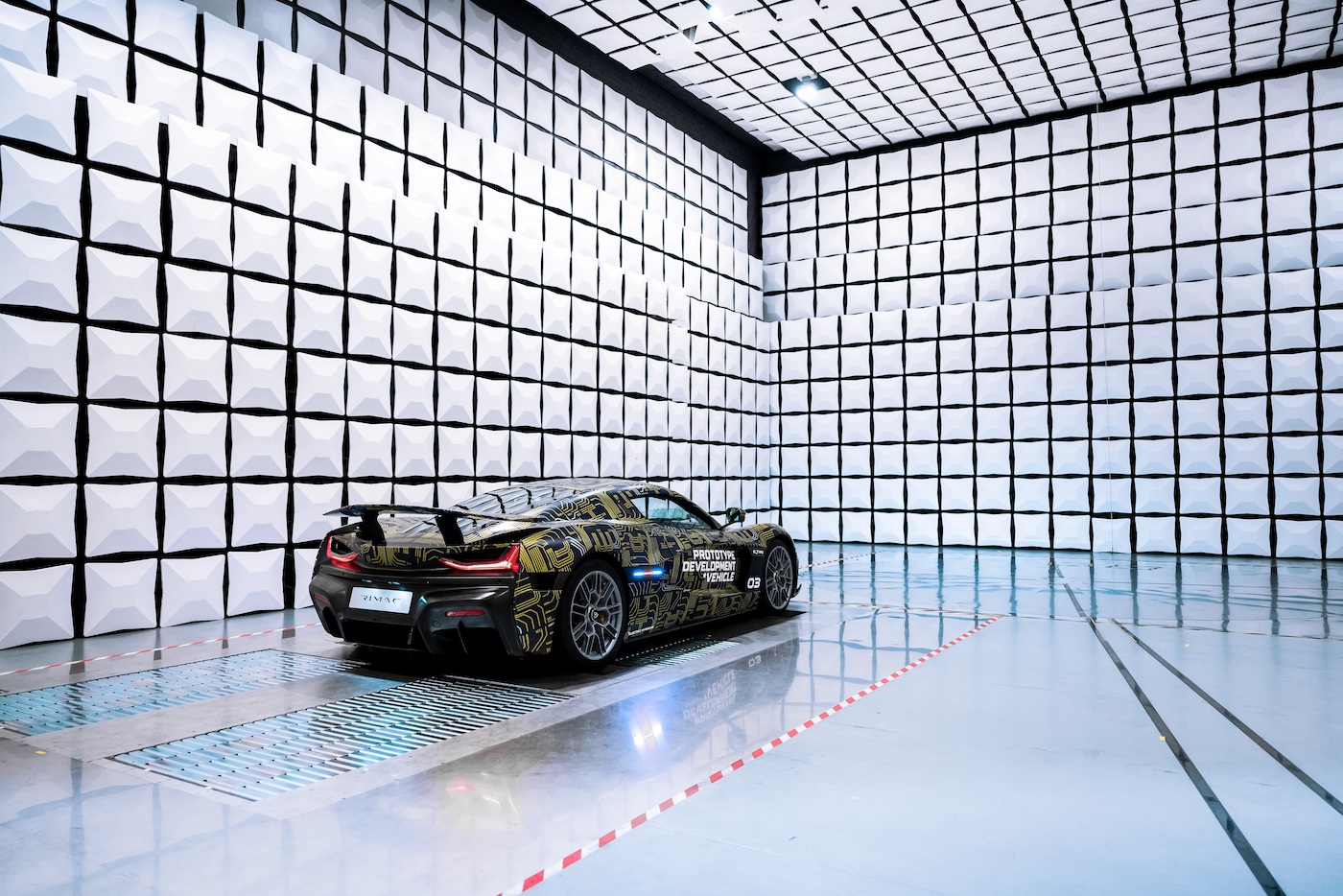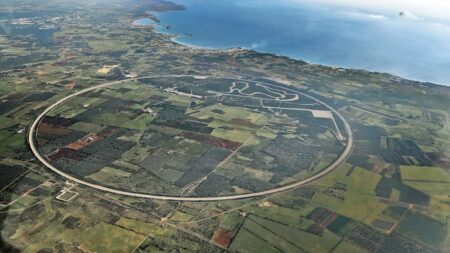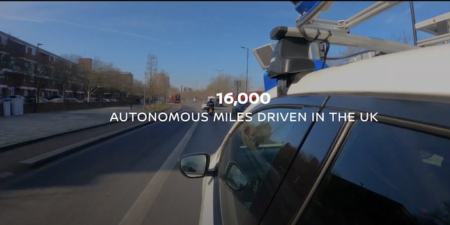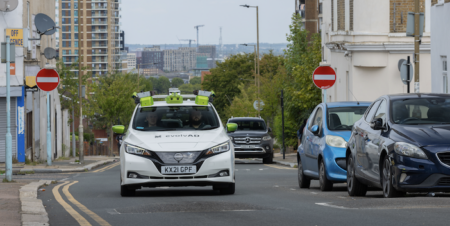For the latest stages of development testing ahead of the first customer deliveries of the C_Two next year, Rimac has been putting prototypes through their paces on the road, on tracks and proving grounds, and in labs. The latest stage is EMC (electromagnetic compatibility) testing.
As part of the test programme for C_Two, and to comply with homologation requirements, the engineering team has been collaborating with engineering specialist IAV and testing service provider SLG in Germany. The principle behind EMC is the testing of all electrical devices to see how they perform in the real world, both in terms of electromagnetic emissions, as well as how they react when receiving inputs from external influences.
EMC testing is crucial when developing electric vehicles, especially when developing such a powerful car. Electromagnetic emissions are measured according to an EU-approved standard – ECE R10 – which is critical for complying with homologation requirements.
Prior to any vehicle level tests, from the early design stages, Rimac has implemented cutting edge development methodology for all high- and low-voltage systems including the battery, powertrain – inverters, OBC, controllers, communication protocols, and more. This approach involves the teams employing industry-standard solutions such as filters and Y-caps, among others, from the outset and then enhancing them with advanced tools in the mature stages of component development.
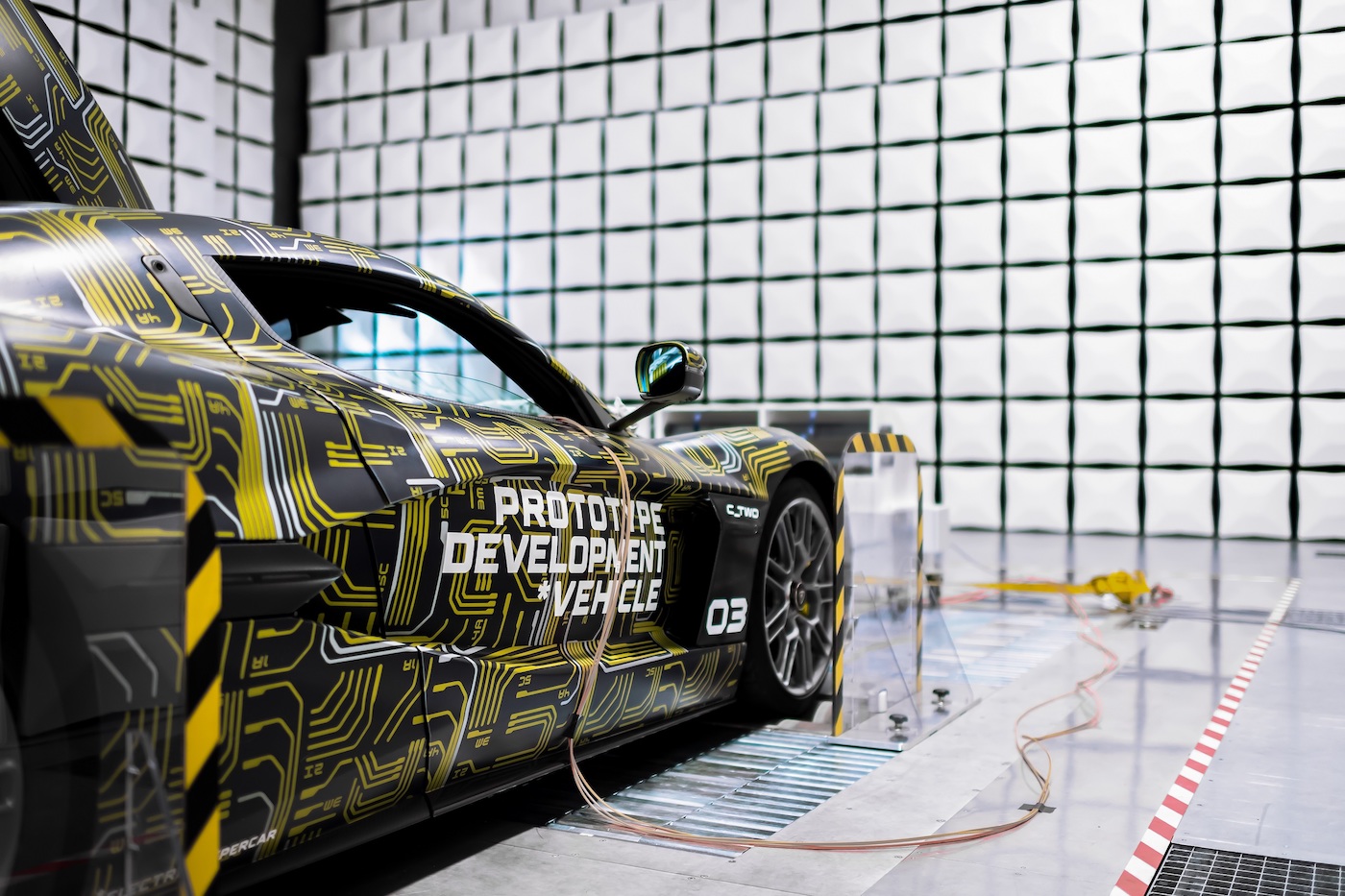
Setting up for the vehicle test, the C_Two is put inside a semi-anechoic EMC chamber. With hybrid absorbers and ground plane, it is completely sealed off from external interferences, meaning that the car can be thoroughly tested without the risk of any external electromagnetic radiation seeping into the room and affecting the results.
During the tests themselves, the prototype C_Two is driven at certain speeds and subjected to radiation levels of between 20MHz and 20GHz. At specific intervals, electrically-based systems such as the air conditioning, lights, and wipers are also turned on to assess whether the car performs as expected, flawlessly, and reliably. In keeping with the car’s advanced features, the tests also take into account each of the car’s specific drive modes, such as Range and Track, to ensure that the car’s inverters and power distribution react as predicted.
Once the tests have been completed, the specialist teams disassemble the prototype, assess each of the key components individually, and discuss the results to identify any improvement areas. The car is then reassembled, put back into the EMC chamber, and the process is conducted once again to ensure that everything is faultless.
Rimac reports that the results were better than expected for the standardised norms; however, there is still some further refinement work ahead before the stringent internal targets and quality standards are met. The next steps will include compliance chamber tests at a system level for the powertrain, and further loops of improvement investigations on the car before the start of production.
